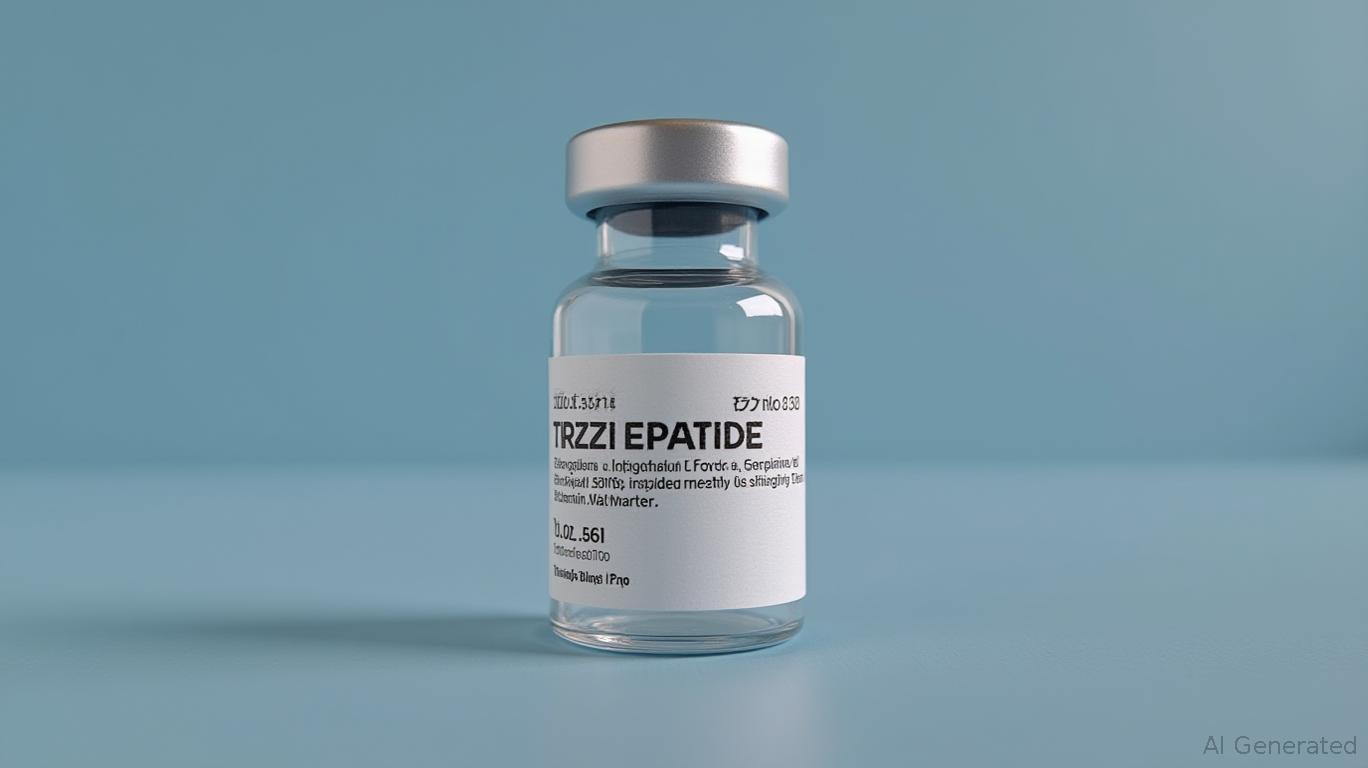Axis Capital's Expansion Strategy: Will Their Approach Surpass Sector Challenges?
- Axis Capital reported 10% YOY premium growth ($2.1B) and 20% EPS rise in Q3 2025, driven by strategic partnerships and underwriting discipline. - Expanded collaboration with Ryan Specialty Group aims to unlock double-digit insurance segment growth through shared distribution channels and aligned incentives. - $150M tech overhaul boosts operational efficiency, while $110M share buybacks reflect capital allocation priorities over short-term returns. - Cyber insurance pricing pressures and ransomware risks,
Axis Capital Holdings Ltd (NYSE:AXS) is approaching a crucial phase as it contends with a tough insurance landscape and pursues targeted expansion efforts. Its Q3 2025 financial results present a nuanced picture of its progress. The company posted a 14% annual increase in diluted book value per share and a 20% improvement in operating earnings per share, fueled by a record-setting $2.1 billion in third-quarter premiums—a 10% rise from the previous year, according to an
An important move for Axis has been its strengthened partnership with Ryan Specialty Group, expanded through Axis Capacity Solutions. CEO Vince Tizzio highlighted that this alliance aligns both parties’ financial goals and maximizes existing distribution networks, potentially enabling double-digit growth in the insurance segment next year, as noted by Investing.com. The agreement has already attracted attention from additional partners, with several new collaborations being explored. Analysts suggest that such partnerships could help counteract broader industry challenges, especially as Axis concentrates on select specialty lines where maintaining underwriting rigor is essential.

Investing in technology is another key element of Axis’s approach. The firm has pledged $150 million over three years to revamp its technology infrastructure, which executives say is already delivering efficiency improvements. These include quicker quoting and policy binding, better decision-making, and greater scalability, according to the Investing.com report. CFO Pete Vo pointed out that capital is being directed toward growth projects and recruiting talent, with $110 million spent on share buybacks in Q3. Nevertheless, the company has moderated its buyback plans, choosing to prioritize long-term risk control over immediate returns to shareholders.
Nonetheless, the market environment remains challenging. Other insurers have reported mixed Q3 outcomes, with Stewart Information Services, for example, seeing a 19.1% jump in revenue but a 4.1% drop in share price after earnings, as detailed in a
Axis’s challenge will be to pursue growth while effectively managing risk. The company’s emphasis on AI-powered efficiency and strict underwriting could support steady returns, but the insurance industry as a whole is facing instability. Uncertainties around tariffs and possible changes to corporate tax policy add further complications, with investors closely monitoring how Axis responds to these broader economic headwinds, the TradingView article concludes.
Disclaimer: The content of this article solely reflects the author's opinion and does not represent the platform in any capacity. This article is not intended to serve as a reference for making investment decisions.
You may also like
Connecting Generations: Blockchain Revolutionizes Japan’s Traditional Homes into Digital Assets
- Cameco and Brookfield shares surged after U.S. government partnership to deploy $80B in nuclear reactors via Westinghouse, aligning with Trump's clean energy goals. - Aris Mining's stock fell 11% despite record gold production, citing 20% quarterly profit decline but highlighting Guyana gold project's long-term potential. - ARCS 2.0 redefines data sovereignty by blockchain-enabling Japan's pre-WWII kominka homes as investment/hospitality assets, addressing vacant home crises. - Platform's tokenized econo

Walmart and Lilly's Price Reduction Initiative Revolutionizes Access to Obesity Medications
- U.S. adult obesity rates declining drive demand for GLP-1 weight-loss drugs like Eli Lilly's Zepbound and Novo Nordisk's Wegovy. - Lilly-Walmart partnership slashes Zepbound prices by 50%+ via retail pharmacies, expanding access through direct-to-consumer model. - GLP-1 market surges 160% yearly in 2023-2024, projected to exceed $299B globally by 2033 due to dual diabetes-weight management efficacy. - Trump administration's price-cutting policies and retail partnerships reshape access, but high out-of-po

Solana News Update: Western Union Connects Traditional Finance and DeFi Using Solana Stablecoin
- Western Union plans to launch USDPT, a Solana-based stablecoin in 2026, aiming to accelerate cross-border remittances via blockchain. - Pegged to the U.S. dollar and integrated with 500,000 global agents, USDPT will comply with the 2025 GENIUS Act's reserve requirements. - Solana's high-speed infrastructure and institutional adoption growth position it to benefit from Western Union's 100 million customer base. - The move reflects broader TradFi-DeFi convergence, with Citigroup and Coinbase also exploring

Bitcoin News Update: Bitcoin’s 7-Year Uptober Run Breaks Amid Global Economic Concerns and Rising Trade Tensions
- Bitcoin fell 5.5% in October 2025, ending a seven-year "Uptober" streak amid macroeconomic uncertainty, ETF outflows, and U.S.-China trade tensions. - A $16M Satoshi-era wallet activation and Trump's 100% China tariff threat triggered a $19B crypto liquidation, pushing BTC to $104,000 mid-month. - Reduced tariffs (47%) and Fed rate cuts eased pressure, but BTC remains 13% below its October 6 all-time high of $126,198. - Analysts note Bitcoin's "structural maturity" with slower momentum, while November's
